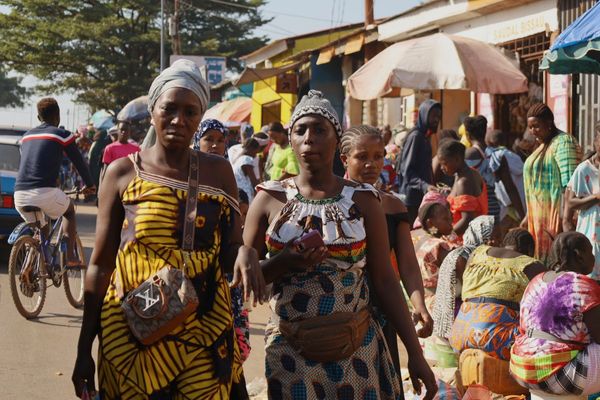
The Australian and New Zealand governments have announced that 450 refugees from Australia’s regional processing program can be resettled in New Zealand, nearly a decade after a deal was first offered. What does the agreement mean and why did it take so long?
Who is covered by the deal?
The arrangement covers refugees in Nauru or who are “temporarily in Australia under regional processing arrangements”.
Amnesty International said on Thursday there were 112 refugees on Nauru and another 1,168 in Australia who would be eligible for resettlement under the deal.
It does not cover those who are “engaged in other third country resettlement pathways”, such as with the US, or those left in Papua New Guinea after Australia ended its offshore processing arrangements there.
The UN’s refugee agency (UNHCR) indicated yesterday that New Zealand was working separately to resettle refugees currently in Papua New Guinea.
The New Zealand immigration minister’s office said it was “not aware of any other separate arrangements being put in place at this time”, but that New Zealand would continue to work with the UNHCR to coordinate its refugee programme, which “could include refugees from Papua New Guinea”.
How did the deal happen?
The original offer was made by then New Zealand prime minister John Key in 2013, but was not taken up by Australia until now.
Australia’s Coalition government had repeatedly argued that the deal could encourage asylum-seekers to travel by boat to Australia.

New Zealand’s immigration minister, Kris Faafoi, said Australia had approached New Zealand about the offer in 2020, with the deal signed off by cabinet in Wellington a month ago.
In Australia, independent senator Jacqui Lambie has claimed credit for securing the deal, saying prime minister Scott Morrison committed to it in return for her vote to end “medevac” legislation – which made it easier for refugees and asylum seekers on Nauru and Manus Island to be transferred to Australia for medical treatment.
Does the deal mean more refugees for New Zealand?
Up to 150 refugees a year will be able to go to New Zealand over the next three years.
These numbers will come from New Zealand’s existing annual refugee quota, which was raised from 1,000 to 1,500 in July 2020.
Last year New Zealand accepted just 463 refugees, and it has taken less than its quota for each of the last three years.
The New Zealand Green Party and Amnesty International said the refugees accepted under the deal should be in addition to the existing quota.
Will resettled refugees be able to travel to Australia?
Concern that resettled refugees could claim New Zealand citizenship and then return to Australia has long been a sticking point for Australian authorities. New Zealand citizens are usually eligible for a special category visa to visit, study, stay, and work in Australia indefinitely.
Faafoi said any decision on travel to Australia was for Australia, but that any refugees arriving in New Zealand would eventually get the full rights and responsibilities of New Zealand citizens.

Australian authorities said refugees resettled under the deal will only be allowed to apply for visas to enter Australia on a short-term or temporary stay basis, even if they gain New Zealand citizenship.
What support will be in place for refugees?
Faafoi’s office said refugees who come in under the arrangement would “receive the support they need as is New Zealand’s practice when offering refugees a new start and a new future in New Zealand”.
The New Zealand Red Cross, which is the primary provider of community refugee settlement programmes in the country, said the organisation would “like to see additional support because we know that there are challenges”.
“Every person that comes in has a different story and different challenges. Many people have been waiting for resettlement for a very long time,” said national migration manager Sue Price.
What does the deal mean for the future of offshore detention?
Thursday’s announcement did not address the future of Australia’s use of offshore processing centres for refugees and asylum seekers.
The New Zealand immigration minister’s office declined to say whether it had received any assurances in this regard as part of the deal.
In September last year, the Australian government signed a new agreement with Nauru to continue an “enduring form” of offshore processing on the island.







